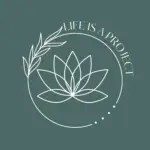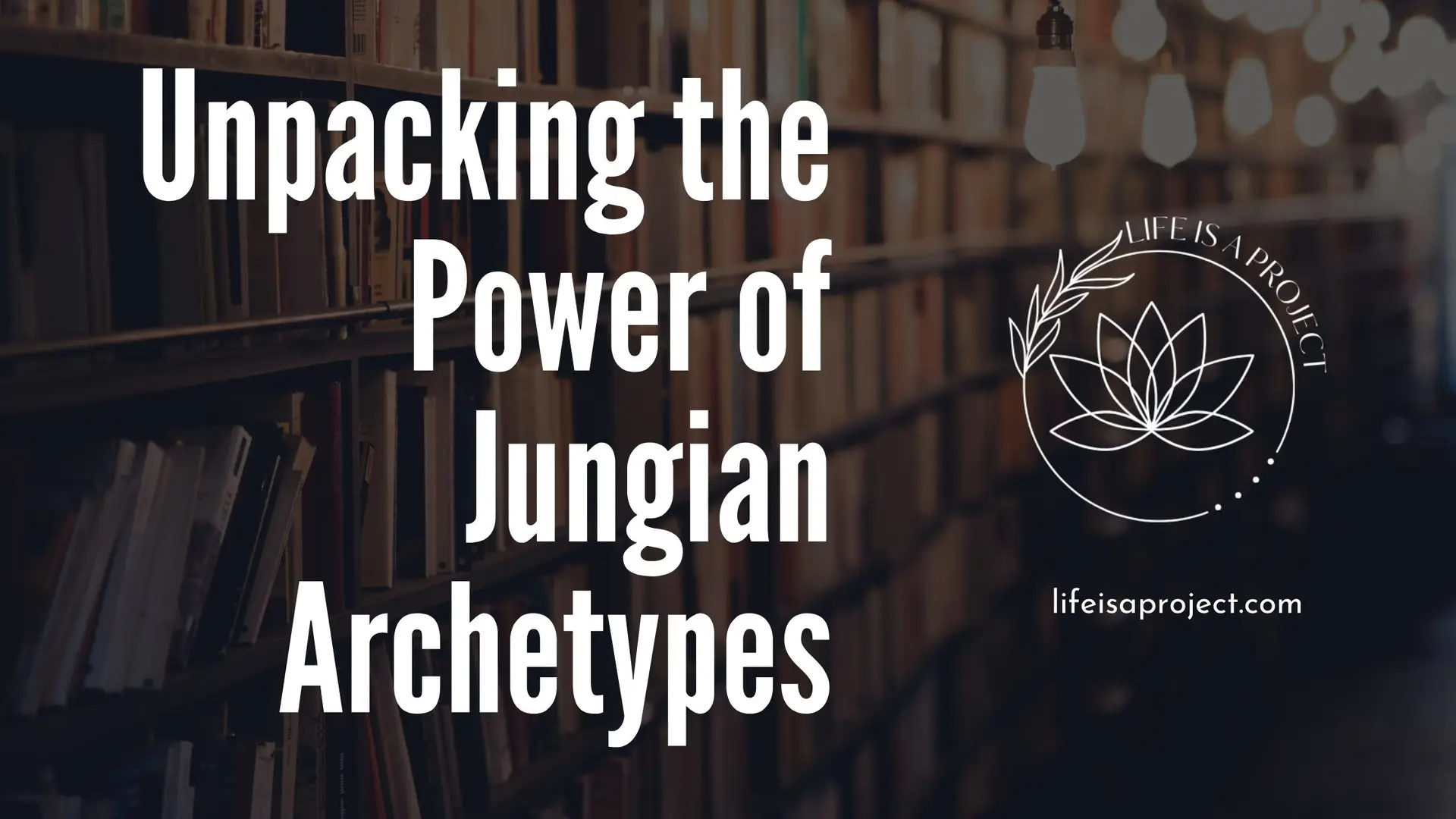Unlocking Personal Power Through Jungian Archetypes: How to Use Timeless Symbols for Real-Life Success
Carl Jung’s groundbreaking concept of archetypes has captivated psychologists, philosophers, and everyday thinkers for nearly a century. These universal symbols, present in the collective unconscious of all humans, shape our perceptions, behaviors, and experiences.
What if these ancient patterns could do more than just explain the past? What if they could actually help us navigate the challenges of modern life? Let’s dive deeper into Jungian archetypes and discover how you can harness them to bring more purpose and clarity into your world.
The Origins: A Journey into the Psyche
In 1919, Swiss psychiatrist Carl Jung published “The Psychological Types,” laying the foundation for his theory of archetypes. He proposed that these recurring images, themes, and characters are shared across cultures and time, reflecting a deep-seated human psyche.
Archetypes manifest as patterns, metaphors, or allegories that express fundamental aspects of our nature. From ancient myths to the latest Marvel movie, these symbols resonate because they speak to something timeless within us.
The Main Archetypes: Patterns That Shape Our Stories
Jung identified several key archetypes that represent universal aspects of the human experience. Here are a few that you’re likely to encounter both within yourself and in the world around you:
- The Hero: Embodying courage, confidence, and resilience, the Hero archetype pushes us to face challenges head-on. Whether it’s taking a stand in a difficult work meeting or overcoming a personal hurdle, the Hero’s journey reminds us that we are capable of great things. Picture that time you stood up for your ideas despite the odds—it’s the Hero within you stepping up to the plate.
- The Mother: Representing nurturing, care, and protection, the Mother archetype embodies the feminine principle of life-giving energy and unconditional love. Think of moments when you’ve gone out of your way to help a friend or supported a colleague through a tough project. Tapping into this archetype can help foster empathy and strengthen relationships in both personal and professional settings.
- The Trickster: A shape-shifter, prankster, or mischief-maker, the Trickster represents creativity, cunning, and the ability to adapt. Ever found a workaround when a project hit a snag or used humor to diffuse a tense situation? That’s the Trickster in action, reminding us that sometimes breaking the rules is exactly what’s needed to move forward.
- The Anima/Animus: These archetypes reflect the feminine and masculine aspects within everyone. Embracing both sides can lead to a more balanced and authentic self. For instance, in business, blending assertiveness with empathy—traits traditionally seen as masculine and feminine—can lead to more effective leadership.
- The Child: Embodying innocence, curiosity, and wonder, the Child archetype represents growth, development, and renewal. When was the last time you tried something new or approached a challenge with fresh eyes? Leaning into the Child can reignite your passion and drive, making room for creativity and innovation in your life.
Applying Archetypes to Modern Life: More Than Just Stories
While these archetypes might seem like abstract ideas, they’re anything but. In fact, they are powerful tools that can help you understand your motivations and behaviors, making it easier to navigate life’s complexities. Here’s how:
1. Identify Your Dominant Archetypes:
Start by recognizing which archetypes resonate most with you. Are you always the one stepping up in times of crisis, embodying the Hero? Or do you find yourself playing the Trickster, constantly finding clever solutions? Identifying your dominant archetypes can provide a roadmap for personal growth and help you lean into your strengths.
Example: Imagine a business leader who recognizes the Hero archetype within herself. She thrives on challenges and often leads her team through tough times. By acknowledging this, she can consciously channel her heroic traits in new, constructive ways—like mentoring others through their own ‘hero’s journeys’ or setting even bolder goals.
2. Use Archetypes to Overcome Personal Challenges:
Archetypes can also serve as guides when we’re facing difficult situations. If you’re feeling stuck or overwhelmed, think about which archetype could offer a fresh perspective. If the Hero feels tired, perhaps it’s time to lean on the Wise Old Man within for patience and guidance, or the Trickster for a creative workaround.
Example: A young professional might struggle with feeling overlooked at work. By tapping into the Hero, she can find the confidence to voice her ideas, or by embracing the Child, she might explore new approaches that set her apart from the crowd.
3. Archetypes in Relationships:
Understanding archetypes isn’t just about introspection; it’s also a powerful way to improve how you relate to others. Recognizing the archetypes at play in your relationships can lead to deeper connections and fewer misunderstandings. For example, seeing a friend as the Trickster might explain their unpredictable behavior and help you appreciate their creativity, even if it sometimes throws you off.
Example: Picture a team where one member embodies the Nurturing Mother while another plays the role of the Trickster. Knowing these roles, they can better understand and appreciate each other’s approach—leading to more effective collaboration.
4. Archetypes in Leadership and Business:
Many businesses and brands consciously use archetypes to connect with their audience on a deeper level. By aligning your personal brand or leadership style with an archetype, you can create more authentic connections. For instance, a startup might embrace the Rebel archetype to challenge industry norms, while a wellness brand might lean on the Nurturer to convey care and trust.
Example: Think of Apple as the Rebel, challenging the status quo of technology, or Nike as the Hero, inspiring people to push their limits. You can apply the same strategy to your personal brand—whether you want to be seen as the Wise Sage offering guidance or the Explorer pushing boundaries.
5. Balancing Your Archetypes:
Finally, it’s important to remember that we are never just one archetype. Life is dynamic, and different situations call for different aspects of ourselves. The real magic happens when we balance our archetypes, letting each one take the lead when it’s needed most.
Example: A project manager might rely on the Hero to keep the team motivated, the Wise Old Man to plan strategically, and the Nurturing Mother to support team morale. By consciously shifting between archetypes, she can handle a variety of challenges with grace and effectiveness.
Conclusion: Archetypes as Tools for a Better Life
Jungian archetypes offer more than just a peek into the human psyche; they are practical tools for self-discovery and growth. By understanding these universal patterns, you can gain insight into your own motivations, behaviors, and relationships. As you explore these timeless symbols, you’ll unlock hidden strengths and navigate life’s challenges with newfound wisdom and clarity.
In a world filled with distractions and noise, archetypes provide a grounding force, connecting us to something greater than ourselves. Whether it’s the courage of the Hero, the cunning of the Trickster, or the wisdom of the Sage, these archetypes offer a guiding light. By embracing them, you can transform your personal and professional life, making every challenge a stepping stone toward your fullest potential.
So, the next time you’re at a crossroads, look within and ask: which archetype do I need today? The answer might just be the key to unlocking your next great adventure.



